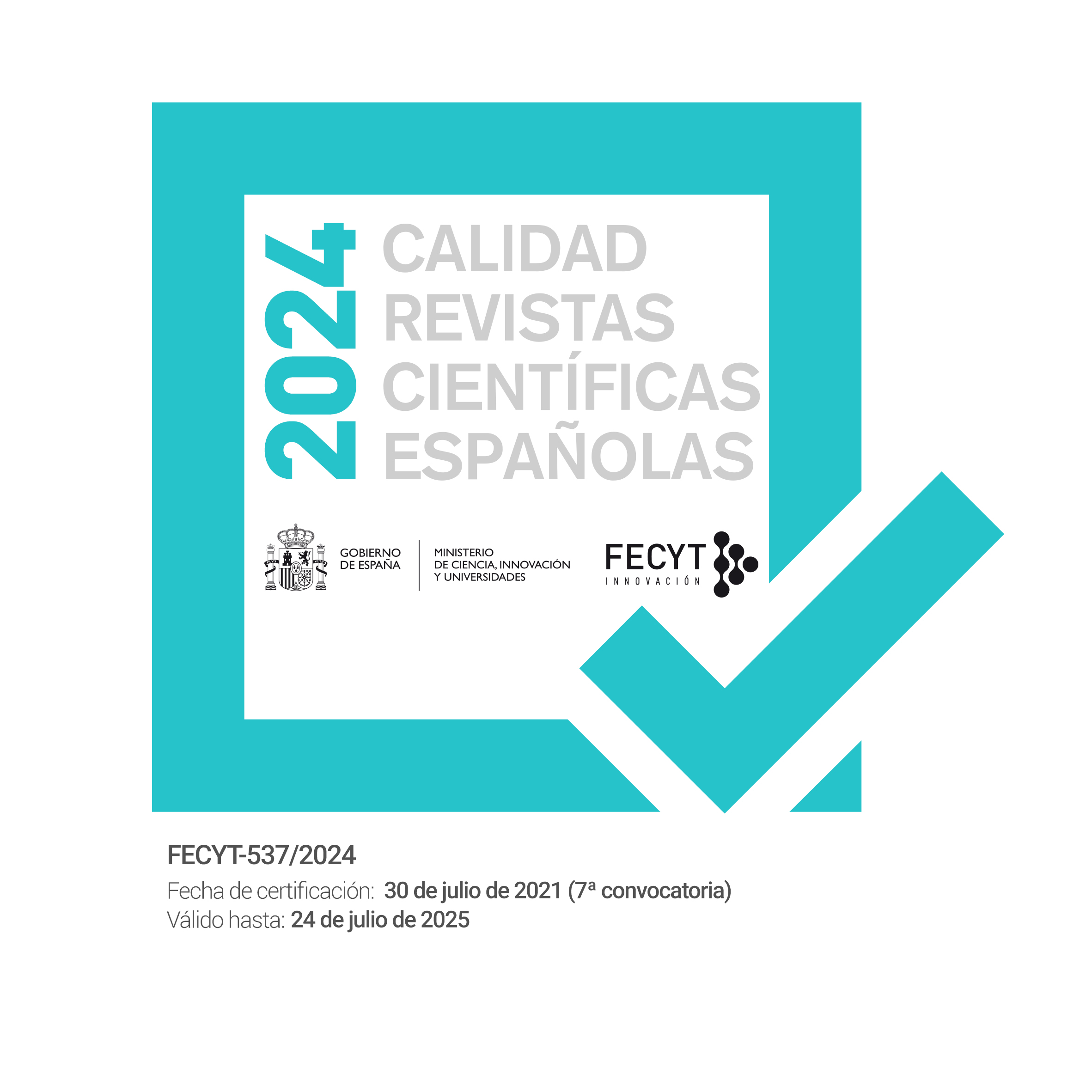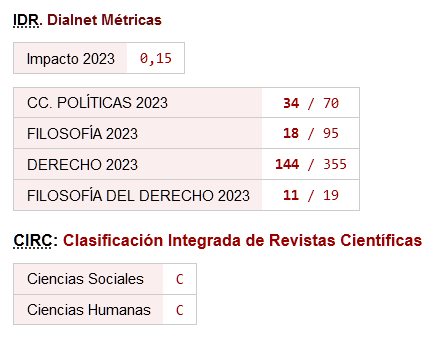Guidelines for Authors
| Harvard: | APA: |
|
Pérez-Luño, A.E., Derechos Humanos, Estado de Derecho y Constitución, Tecnos, Madrid, 1984. Alarcón, C., "Análisis comparativo de los sistemas electorales", Revista Internacional de Pensamiento Político, vol. 1, 2006, pp. 123-144. Mora-Molina, J.J., "Democracia, Constitución y Estado de Derecho ¿Hasta dónde nos sirve el modelo garantista?", en vol. col. J.J. Mora Molina (coord.) Jaque a la democracia, Sepha, Málaga, 2011, pp. 49-75. |
Pérez-Luño, A.E. (1984). Derechos Humanos, Estado de Derecho y Constitución, Madrid, Tecnos. Alarcón, C. (2006)."Análisis comparativo de los sistemas electorales", Revista Internacional de Pensamiento Político, vol. 1, 123-144. Mora-Molina, J.J. (2011). "Democracia, Constitución y Estado de Derecho ¿Hasta dónde nos sirve el modelo garantista?", en vol. col. J.J. Mora Molina (coord.) Jaque a la democracia, Málaga, Sepha, 49-75. |
9. As an example, check the journal's website for articles from the latest issue: title, abstracts and keywords, as well as the list of headings. You must adapt the text of your article to this sequence of items.
| EXAMPLE | |
|
Conscientious objection (Article title in lower case and bold type)
Spanish translation (lowercase and bold)
Keywords (Place keywords of an article: 4 to 6, separately)
Keywords in Spanish (Place keywords with the same format)
Abstract (Place an abstract of an article of approximately 100 words)
Abstract in Spanish (Place an abstract of an article of approximately 100 words)
1. For arguments (in bold)
1.1 First Argument (italicise headings)
1.2 Second argument (in italics the headings)
2. Counter-arguments (in bold type)
2.1 First argument (headings in italics)
2.2 Second argument (headings in italics)
3. Bibliography (in bold)
In alphabetical order. If you repeat authorship, do not use hyphens and repeat surname, first name.
|
You should then have the necessary documents to start the submission process.











 ISSN: 1885-589X
ISSN: 1885-589X  Universidad Pablo de Olavide
Universidad Pablo de Olavide